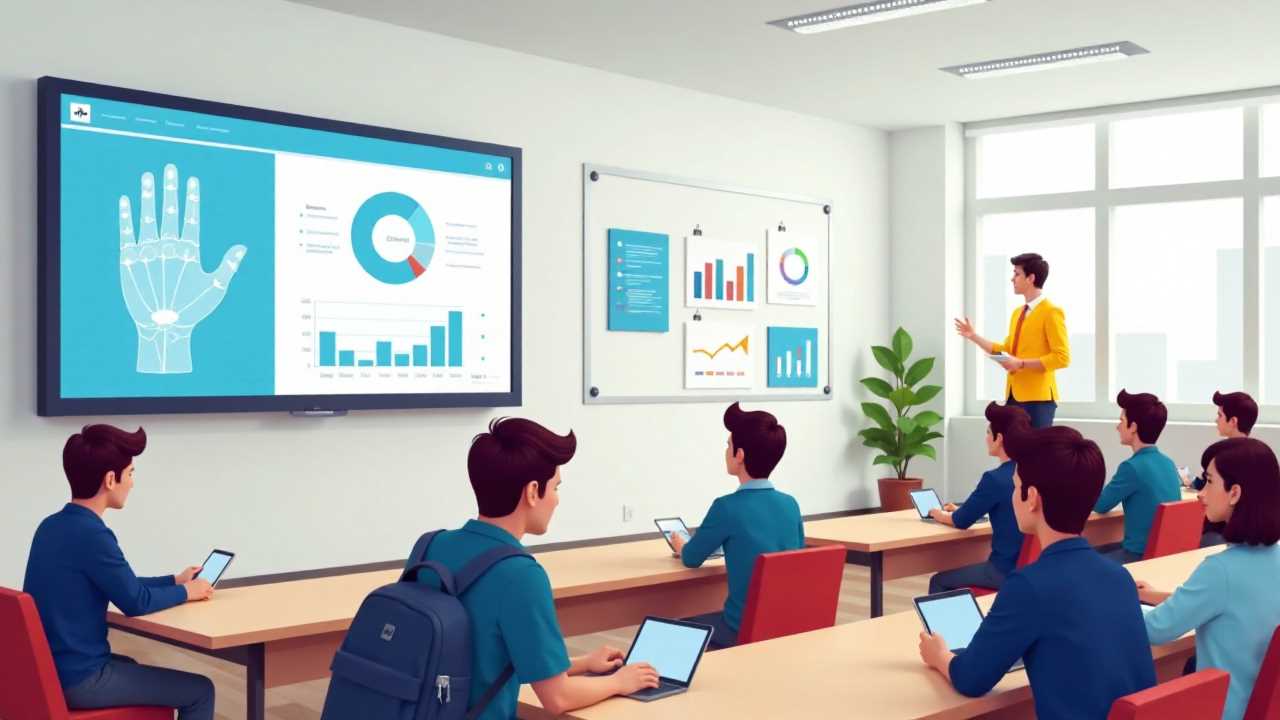
In today's rapidly evolving educational landscape, the integration of technology into learning environments has become essential. Educational Technology Integration is not merely about using digital tools; it is about transforming the educational experience through thoughtful application and innovative strategies. This article explores how effective Instructional Design, Digital Pedagogy, and E-Learning Strategies can revolutionize learning, enhance Teacher Training, improve Curriculum Development, and utilize Assessment Tools effectively.
The Importance of Educational Technology Integration
Educational Technology Integration is crucial for preparing students for a digital world. It enhances engagement, fosters collaboration, and supports diverse learning styles. By integrating technology, educators can create dynamic learning environments that encourage critical thinking and creativity. This integration is not just about incorporating gadgets but involves a comprehensive approach that aligns technology with educational goals.
Innovative Instructional Design
Instructional Design plays a pivotal role in Educational Technology Integration. It involves creating educational experiences that make the acquisition of knowledge more efficient and effective. By applying principles of instructional design, educators can develop courses that leverage technology to meet the needs of all learners. This includes designing interactive content, utilizing multimedia resources, and providing opportunities for hands-on learning.
Embracing Digital Pedagogy
Digital Pedagogy refers to the use of digital tools and technologies to enhance teaching and learning. It emphasizes the importance of understanding how these tools can be used to support pedagogical goals. Educators who embrace digital pedagogy can create more engaging and personalized learning experiences. This approach encourages the use of social media, online collaboration, and other digital platforms to connect with students and foster a sense of community.
Effective E-Learning Strategies
E-Learning Strategies are essential for successful Educational Technology Integration. These strategies include the use of online courses, blended learning, and flipped classrooms. By implementing these strategies, educators can provide flexible learning opportunities that cater to individual student needs. E-Learning also allows for the incorporation of various multimedia elements, making learning more interactive and enjoyable.
Enhancing Teacher Training
Teacher Training is a critical component of Educational Technology Integration. Educators must be equipped with the skills and knowledge to effectively use technology in their teaching. Professional development programs should focus on training teachers in the latest technologies, instructional design principles, and digital pedagogy. This investment in teacher training ensures that educators are confident and competent in integrating technology into their classrooms.
Transforming Curriculum Development
Curriculum Development must also evolve to incorporate Educational Technology Integration. This involves designing curricula that are relevant to today's digital learners. By integrating technology into the curriculum, educators can create learning experiences that are not only informative but also engaging and applicable to real-world scenarios. This transformation requires collaboration among educators, administrators, and technology specialists to ensure that the curriculum meets the needs of all stakeholders.
Utilizing Assessment Tools
Assessment Tools are vital for measuring the effectiveness of Educational Technology Integration. These tools can provide valuable insights into student learning and help educators make informed decisions about instructional practices. By utilizing digital assessment tools, educators can gather data on student performance, identify areas for improvement, and adjust their teaching strategies accordingly. This data-driven approach enhances the overall learning experience and supports continuous improvement.
In conclusion, mastering Educational Technology Integration through innovative Instructional Design and E-Learning Strategies is essential for revolutionizing learning. By embracing digital pedagogy, enhancing teacher training, transforming curriculum development, and utilizing effective assessment tools, educators can create engaging and effective learning environments that prepare students for success in a digital world.
 Careers in EducationElementary EducationHigh School EducationEducational TechnologyTeaching StrategiesSpecial EducationPrivacy PolicyTerms And Conditions
Careers in EducationElementary EducationHigh School EducationEducational TechnologyTeaching StrategiesSpecial EducationPrivacy PolicyTerms And Conditions
